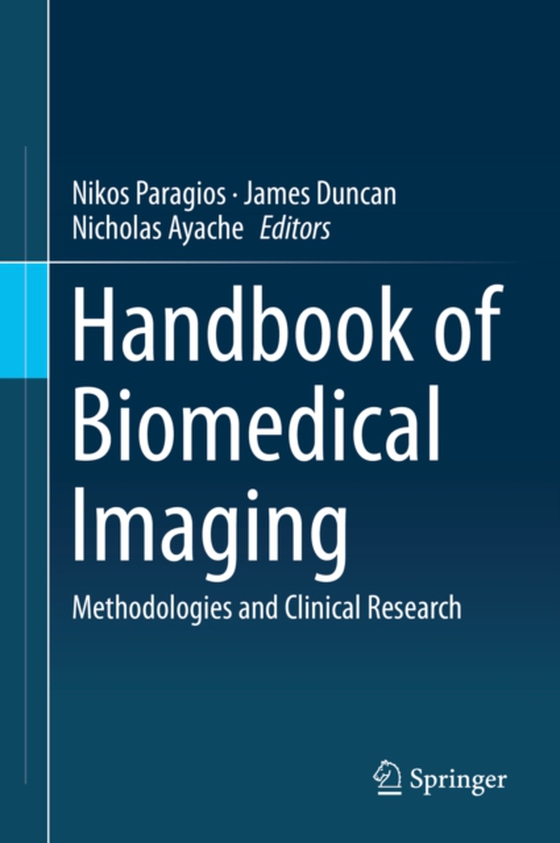
Handbook of Biomedical Imaging e-bog
2190,77 DKK
(inkl. moms 2738,46 DKK)
Biomedical image analysis has become a major aspect of engineering sciences, and radiology in particular has become a dominant player in the field. Recent developments have made it possible to use biomedical imaging to view the human body from an anatomical or physiological perspective in a non-invasive fashion. Computer-aided diagnosis consists of developing algorithms and intelligent software...
E-bog
2190,77 DKK
Forlag
Springer
Udgivet
24 marts 2015
Genrer
MKS
Sprog
English
Format
pdf
Beskyttelse
LCP
ISBN
9780387097497
Biomedical image analysis has become a major aspect of engineering sciences, and radiology in particular has become a dominant player in the field. Recent developments have made it possible to use biomedical imaging to view the human body from an anatomical or physiological perspective in a non-invasive fashion. Computer-aided diagnosis consists of developing algorithms and intelligent software components that can automatically process images and spot potential irregularities in the health chain.The aim of this book is to explain the process of biomedical imaging, from image acquisition to automated diagnosis. This process consists of three thematic areas. The first is dedicated to the acquisition process and the underlying properties of images from a physics-oriented perspective. The second part addresses the dominant state-of-the-art methodologies behind content extraction and interpretation of medical images. The third section presents an application-based example, which develops solutions to address the particular needs of various diagnoses.This complete volume is an exceptional tool for radiologists, research scientists, senior undergraduate and graduate students in health sciences and engineering, and university professors. This book offers a unique guide to the entire chain of biomedical imaging, explaining how image formation is done, and how the most appropriate algorithms are used to address demands and diagnoses.
 Dansk
Dansk

